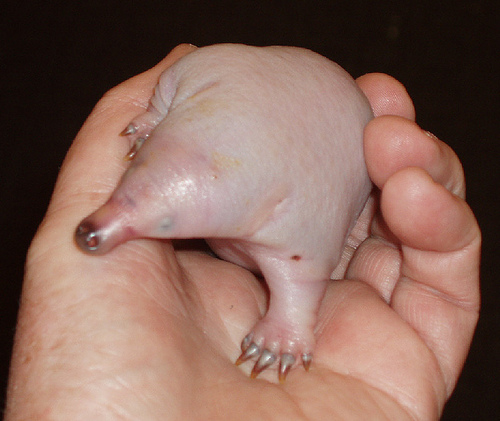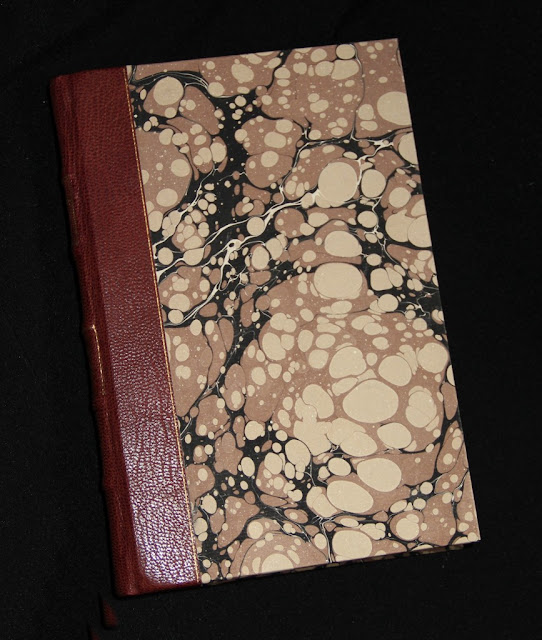A new bit of debunking for you, inspired by a 'fact' bot that throws random and occasionally inaccurate content onto Twitter. As it did today with this one:
A baby platypus is called a puggle.
I would love a baby platypus to be called a puggle. But it isn’t. And that’s a shame because it’s a much better name than ‘baby platypus’.
There are three distinct types of mammal. Firstly, there are the placentals. They're the largest group and they include you, me, whales and apes, bats and cats, bears and anteaters, and any other mammals that give birth to live, fully-developed young. Baby placentals are given all kinds of names: cubs (bears, tigers); pups (seals, dogs), kittens (cats, rabbits), calves (whales and cows). Hares have leverets, llamas have crias, pigs have piglets, horses have foals, goats have kids, sheep have lambs, hedgehogs have hoglets and chinchillas have tureturles etc.. There's a lot of variety in the names there.
The second type of mammal is the marsupial. They also give birth to live young but they are in a tiny, near-foetal state. The young marsupial spends a great deal more time in the mother's pouch than in the womb. Rather unimaginatively,
every kind of baby marsupial - whether it be a koala, wallaby, bandicoot, numbat or extinct thylacine - is called a Joey.
The third kind of mammal is the monotreme and they lay eggs. There are only three types of monotreme remaining: the platypus and two species of echidna. And, according to various official sources - including an email conversation I had with a mammals chap at the Australian Natural History Museum a few weeks ago - baby monotremes are simply called 'baby’ platypus or echidna.
So where did this puggle business come from?
The name 'puggle' seems to have become attached to monotremes because baby echidnas bear a striking resemblance to a US soft toy called a 'puggle' that first appeared in the 1970s. The 'puggle' was manufactured by Mattel (the same people who make
Barbie and
Hot Wheels toy cars) and was part of a range of toys that tied in with a series of
Lost Forest books written by ex-rocker Billy Thorpe and set in the Australian Outback. They probably cemented the name in the minds of young Australian kids and it spread.
But, sadly, no matter what the reason is, or no matter how many websites report it as a fact, 'puggle' has never been officially recognised as the name for a baby monotreme. Nor, incidentally, has the equally popular 'platypup'.
But that doesn’t mean that the name can’t be officially recognised, of course. The fact that so many websites (including at least wildlife park) erroneously quote this as 'fact' may give it some gravitas. And, after all, the evolution of language is dictated by popular use. If a sufficient weight of people start to use the word, it will end up in the dictionary.
The only opposition I can foresee is from owners of mixed breed pug/beagles, which are known affectionately as puggles.
Here's one now (see below). Awww. There are lots more at
http://www.puggle.org/.
Now there's a 21st century phenomenon for discussion ... when did mongrels start getting their own pseudo-breed brand names? 'Crossing breeds, adding a fanciful name, and charging outrageous sums for these dogs (labradoodles can cost up to U.S. $2,500) is a recent trend that's only taken off in the last decade,' says Allan Reznik, editor-in-chief of
Dog Fancy and
Dog World, based in Irvine, California. 'It's indicative of a society that loves labels. Having a dog that is part spaniel and part poodle isn't enough — it has to be a cockapoo.' There are lots of these designer dogs now: puggles, labradoodles, shih poos, yorkipoos, goldendoodles, schnoodles, yorkie tzus etc.
The labradoodle is one of the oldest and appeared in the 1970s in Australia, having been specially bred by Don Evans as a low allergy guide dog for Guide Dogs Victoria (which is why poodles feature so often in the creation of designer dogs). According to another breeder Evans 'loved his dogs but he bred everything and anything', so there were undoubtedly more than labradors and poodles involved in the production of the original labradoodles. However, modern breeders are now working hard to establish a uniform look to the dog so that it can be accepted as a proper breed. Beverley Manners from Victoria has spent the past 15 years carefully archiving genetic and health records for all of her dogs. Her goal is to refine the breed to predetermine coat, colour, size, and temperament.
In a 2004 article in
National Geographic magazine, it states that 'In order to make the leap from a lowly mutt to a pure breed officially recognised by the American Kennel Club (AKC), the breed must satisfy a number of criteria. There must be at least 300 Labradoodles within the USA and distributed among at least 20 states. The dogs must have a National Breed Club demonstrating interest, and there must be at least a three generation pedigree; three generations of Labradoodle-to-Labradoodle matings. The new breed must also have predictable characteristics and fulfill a specific purpose.' That makes the labradoodle, for the moment anyway, a work in progress. But the breeds we know and recognise today all went through the same process, which is how the wolf - through selective breeding - became a myriad of different dog breeds of all shapes and sizes. It's an extraordinary fact that dogs as different as chihuahas, bulldogs, great Danes and Newfoundlands can all interbreed; they are all the same species. Doggy DNA is incredible pliable and their appearance can be extremely modified in just a few generations.
All of which brings us back to the puggle.
There's a curious parallel here between the dog breed and the name for a baby monotreme; if both achieve a certain saturation point - enough examples of 'purebred' dogs and enough people use the name so that it becomes common usage - then 'puggle' will be accepted as a correct term.
But, for the moment anyway, neither has any official status.
References:
National Geographic Magazine - 'What's a labradoodle? Designer dog or just another mutt?'


















